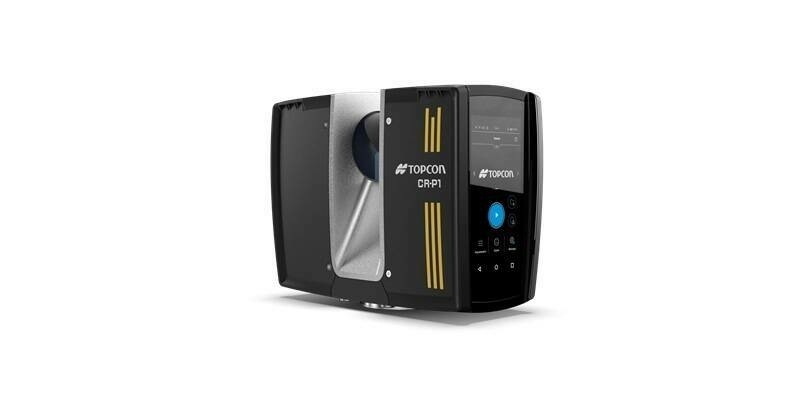Fixed to a special device, simulating zero gravity conditions, the 12.3 metre wide and 860 kg SAR (Synthetic Aperture Radar) radar antenna of the Copernicus Sentinel-1C satellite has successfully spread its wings at the Airbus Integrated Technology Centre in Friedrichshafen (Germany) for the first time.
Sentinel-1C is the third of the Sentinel-1 radar satellite series and will ensure data continuity for the many services offered by the EU’s Copernicus programme. The Sentinel-1C satellite equipped with the SAR Instrument (C-band radar) will provide radar images of the entire Earth’s surface as part of the Copernicus programme funded by the European Union and the European Space Agency (ESA). Thales Alenia Space is prime contractor for Sentinel-1C and its twin Sentinel-1 D. Airbus Defence and Space is responsible for both radars.
These radar images will be used across many areas of Earth observation including monitoring Arctic sea-ice, routine sea-ice mapping, surveillance of the marine environment, monitoring land-surface for motion risks, forest mapping, water and soil management, and to support humanitarian aid and disaster monitoring.
The antenna consists of a centre panel which will be fixed to the satellite platform and two deployable antenna wings with two panels each. The unfolding test was to check the correct deployment of these two wings and to measure the planarity of the antenna as an indicator for the future SAR image quality.
Subscribe to our newsletter
Stay updated on the latest technology, innovation product arrivals and exciting offers to your inbox.
Newsletter

